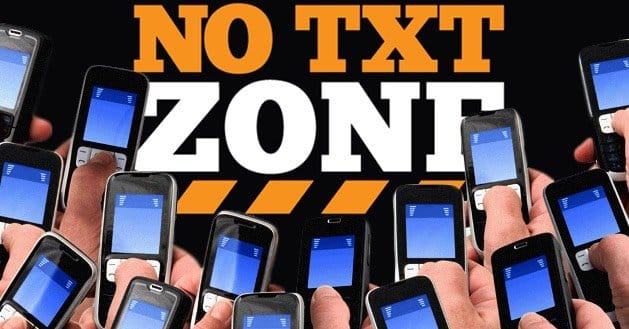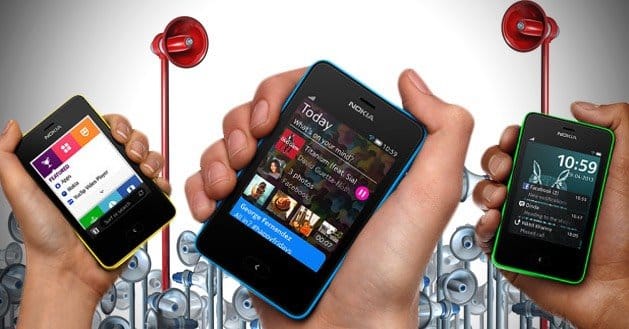 Written by ContentPowered.com
Written by ContentPowered.com
Facebook has already done 90% of the work for you when setting up a mobile website. You don’t need to do any setup, design or configuration work. Facebook’s mobile app is very robust and will display your content quickly and easily. It’s up to you to take that additional 10% in mind and make your Facebook page as optimized as possible for mobile users. How can you do so?
Use Images
Facebook’s mobile app shows users their news feed, according to their own form of sorting. Users scroll through that feed looking for anything that catches their eye. You have approximately half a second for your post to be caught and read, or passed over. If you can’t draw in the eye, your post will be ignored on mobile. To this end, you absolutely must use images. Images are somewhere in the neighborhood of an estimated billion times more interesting than boring text. They naturally draw the eye and give you a mental foot in the door.
Minimize Text
As heavily implied in the above point, text is boring. The eye slides right off it unless there are a few specific keywords of interest the user is looking for. You can’t know what will catch their attention, so it’s best not to try. Minimize the amount of text you use so that you can maximize the attention they put on your images. If you want mobile users to actually read your text, you need to keep it short and sweet. Trying to stretch out the space you have available with longer paragraphs of text will backfire as they flip past it that much faster.
Keep Your Images Simple
Remember that most mobile devices are small. Tablets are still an exception rather than a rule; smartphones are where the majority of mobile web browsing takes place. Yes, smartphones are growing larger, but a scant few inches of screen real estate is still much smaller than a desktop. Phones do not have high resolution and large screen sizes, so your images cannot be too complex. A photo mosaic, for example, would be completely wasted on mobile, as every composite image is pared down to a few pixels of detailless color.
Minimize Text on Images
In addition to Facebook’s rule against cramming too much text on images, you need to be aware that text can be difficult to scale and render properly on different mobile devices. A device using a native resolution different from your test device may have trouble rendering your image in a way that makes text readable. If you’re going to put text on your image, opt for the meme-style large, bold Impact or similarly impossible-to-break large fonts. Something small and cursive will look more decorative than informational.
Connect Image and Text with Meaning
Would you write a brief Facebook post with text about your business and a link to your purchase page, and add an image of a sandwich to the post when you upload it? Chances are probably not, unless, you’re a deli or sandwich shop. Your image and your text need to link together in some way so they don’t seem disjointed. The image attracts attention, the text explains it and the link tells the user how to act on what they just experienced. All three need to be somehow relevant to your business and your goals; a post about a sandwich with a link to a sandwich shop delivery page is valueless if your business is selling industrial shelving.
Use Color to Stand Out
Using contrasting colors and colors fitting your call to action requires a bit of knowledge about color theory, but ideally you have a graphic designer on staff who can help you out with your social media images. Your branding will inform some color decisions, but you don’t want to make all of your posts look too similar by relying on the same colors all the time. You need to stand out and be visually distinct, not just from your competition, but from your older posts.
Create Mobile Ads
Creating a successful mobile ad campaign relies almost equally on the visual and the textual. You need images of a suitable nature to catch the attention of your users. You need text that is sufficiently compelling to get them to click through from their interest. You also need to spend some time researching keywords, audiences and targeting. Mobile ads in general, however, will help you by appearing in the guise of news feed posts while maintaining a sponsored nature, appearing only to those most likely to act on what they see.
Promote Mobile Posts
You need to be selective with promoting your posts. If you promote haphazardly, you’re going to be throwing money into a hole in the hopes that it draws the attention of the people at the bottom. Some few will look up, but many will ignore your message as irrelevant. Once again, it comes down to proper targeting and an attention-grabbing message.
Optimize Destination Links
Facebook, as mentioned, does all of the design work getting the site to show up for mobile users. That’s not enough, however, unless your business is entirely based on Facebook using apps. When you link out to your site, you need to make sure the destination of that link is available to mobile users as well. If a user clicks through and finds themselves on a scaled-down desktop landing page, they’re going to leave, because navigating such a landing page is much more hassle than it’s worth.
Don’t Forget Geolocation
Remember that one of the primary uses for mobile browsing is to search for information on local businesses. You can take advantage of Facebook’s geolocation and checkin features to attract and entice users to your site or your physical location. Obviously, this doesn’t work for businesses based entirely online. Businesses with physical locations, however, can benefit from providing location information to Facebook and focusing on reputation management to make sure their reviews are generally positive.
Point QR Codes at Facebook Landing Pages
QR codes are a unique form of link that only works for mobile users. You can’t really post them digitally, but they thrive on print and in store. You can use QR codes to point to Facebook pages, knowing that the user in question very likely has a Facebook account logged in on their mobile device already. A Facebook landing page will work by default, and it will give you the chance to further appeal to in-store or local users.

